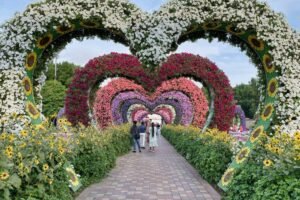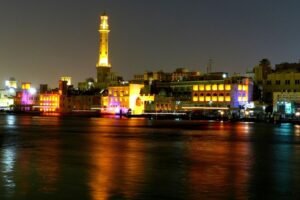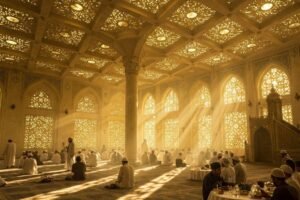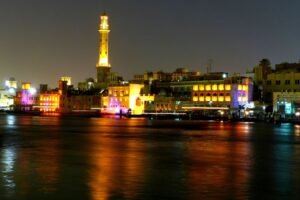Introduction
Standing proudly on a volcanic rock, Stirling Castle is one of Scotland’s most iconic and historically significant landmarks. Located in central Scotland, Stirling Castle has played a key role in shaping the country’s past, serving as a royal residence, a military stronghold, and a symbol of Scotland’s independence. With its towering walls, intricate architecture, and fascinating history, Stirling Castle continues to draw visitors from around the world who wish to uncover the secrets of Scotland’s royal past.
In this blog, we’ll explore the history of Stirling Castle, its role in Scottish history, and the best ways to experience its treasures. From royal chambers to battlefield sites, Stirling Castle offers a deep dive into Scotland’s rich heritage and its role in the battle for independence.
The History of Stirling Castle: A Royal Legacy

Stirling Castle’s history spans more than 900 years, making it one of Scotland’s oldest and most important castles. Situated strategically at the crossroads of Scotland, it was the seat of many Scottish kings and queens, and its location made it an essential fortress in times of conflict.
Early History and Royal Connections
Stirling Castle’s history begins in the early medieval period when it was first mentioned in historical records in the 12th century. However, the site likely had earlier significance, given its commanding position over the Forth River and surrounding lands. The castle served as the residence of the Stuart kings during the 14th and 15th centuries, including Mary, Queen of Scots, who spent much of her early childhood there.
The castle’s royal connection continued with the Stuart family, a dynasty that ruled Scotland for centuries. Stirling Castle was the birthplace of several monarchs, including James VI (later James I of England), who united the crowns of England and Scotland in 1603. The castle’s most famous royal residents, however, were James IV and Mary, Queen of Scots, both of whom left lasting imprints on its history.
Stirling Castle in the Wars of Independence
Stirling Castle also played a crucial role in Scotland’s Wars of Independence during the 13th and 14th centuries. It was the site of the famous Battle of Stirling Bridge in 1297, a decisive Scottish victory led by William Wallace and Andrew Moray against the English forces. Wallace’s triumph at Stirling Bridge made him a national hero and symbol of Scottish resistance against English domination.
The castle would change hands several times during this period, being taken and retaken by the English and Scottish forces. Robert the Bruce, another key figure in the Wars of Independence, eventually secured Stirling Castle for the Scots, marking a turning point in the struggle for Scottish independence.
Key Features of Stirling Castle
The architecture of Stirling Castle is a stunning example of Renaissance and Medieval design, with some parts dating back to the 12th century. The castle’s stunning location and impressive buildings make it a must-see for visitors interested in history, architecture, and Scottish heritage. Here are some of the key features that make Stirling Castle a treasure trove of Scotland’s past:
1. The Royal Palace
The Royal Palace at Stirling Castle is one of the most important sections of the castle. Restored to its 16th-century grandeur, it was once the residence of James IV and James V, as well as Mary, Queen of Scots. Visitors can tour the beautifully restored rooms, including the King’s and Queen’s Apartments, where the monarchs once entertained and held court. The highlight of the palace is the Palace Chapel, which contains intricate artwork and carvings.
2. The Great Hall
The Great Hall is one of the most impressive spaces in Stirling Castle. Built in the late 15th century during the reign of James IV, it was used for royal banquets, feasts, and meetings of the Scottish Parliament. Its high, vaulted ceilings and impressive stained-glass windows give it an air of grandeur, while the royal tapestry and armory displays provide a glimpse into the castle’s regal past.
3. The Stirling Heads Gallery
One of the most remarkable aspects of Stirling Castle is the Stirling Heads, a series of 16th-century wooden medallions depicting key figures from Scottish and European history. The Stirling Heads Gallery is home to these exquisitely carved pieces of artwork, which offer a fascinating insight into the politics and personalities of the time. Visitors can view the portraits of Mary, Queen of Scots, James V, and other figures who shaped Scotland’s history.
4. The Castle Esplanade
The Castle Esplanade offers stunning views of Stirling and the surrounding countryside. It is often the site of public events, reenactments, and festivals. Visitors can walk around the esplanade to enjoy panoramic views of the Stirling Bridge, The Wallace Monument, and the surrounding hills and countryside.
5. The Gardens
The Castle Gardens at Stirling Castle are a beautiful and peaceful retreat, offering a contrast to the grandeur of the castle’s interiors. The gardens are divided into several sections, each with its own design, ranging from formal Renaissance gardens to medieval-style herb gardens. Visitors can enjoy a leisurely stroll through these gardens, which provide a peaceful escape from the busy castle.
Exploring Stirling Castle: Visitor Experience

Stirling Castle is not only a historical landmark but also an interactive and engaging experience for visitors. Whether you are a history enthusiast, an architecture lover, or someone looking for an immersive journey into Scotland’s past, Stirling Castle offers a range of activities to bring its history to life.
1. Guided Tours and Audio Guides
One of the best ways to explore Stirling Castle is with a guided tour. Expert guides provide fascinating insights into the castle’s history, pointing out key features and sharing stories of the royal figures who once lived there. For those who prefer to explore at their own pace, audio guides are available, providing a detailed narrative of the castle’s past.
2. Reenactments and Events
Throughout the year, Stirling Castle hosts various reenactments, historical demonstrations, and events. These include medieval feasts, combat demonstrations, and period costume events that allow visitors to experience life as it was in the days of Scotland’s kings and queens. The castle’s annual Christmas market and summer festivals are also highlights for families and visitors looking for a unique experience.
3. Interactive Exhibits
Stirling Castle offers several interactive exhibits that make the history come alive for visitors of all ages. The castle’s “Tapestry” exhibition is a particularly popular attraction, allowing visitors to see how tapestries were made during the Renaissance period. The Children’s Discovery Centre is a fun and educational space for younger visitors, where they can try on medieval costumes, handle replica artifacts, and learn about Scotland’s royal past.
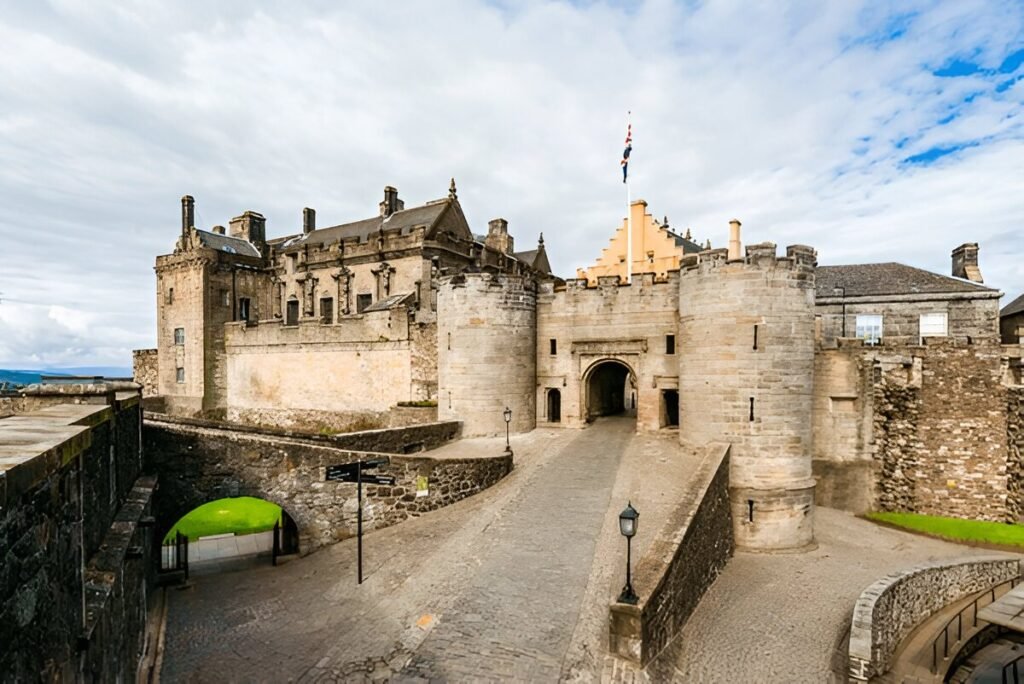
Conclusion
Stirling Castle is more than just a historical site; it is a symbol of Scotland’s royal legacy, its struggles for independence, and its rich cultural history. Whether you are drawn to its stunning architecture, its royal connections, or the stories of brave figures like William Wallace and Robert the Bruce, Stirling Castle is an essential stop on any visit to Scotland.
The castle’s strategic location, impressive structures, and rich history make it a fascinating place to explore, and its role in shaping the course of Scottish history is unparalleled. Whether you’re admiring the Royal Palace, walking through the Great Hall, or gazing out from the Castle Esplanade, Stirling Castle offers an unforgettable journey into the heart of Scotland’s royal past.





